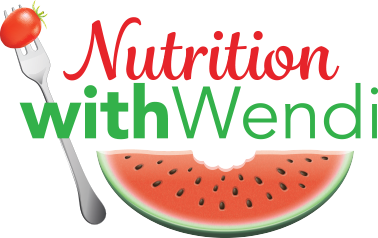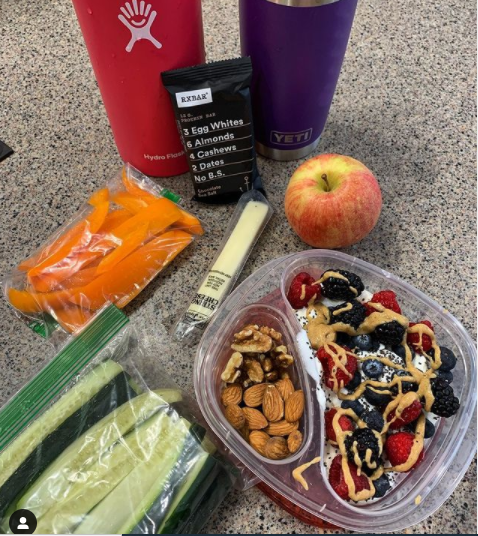
Category Sports Nutrition

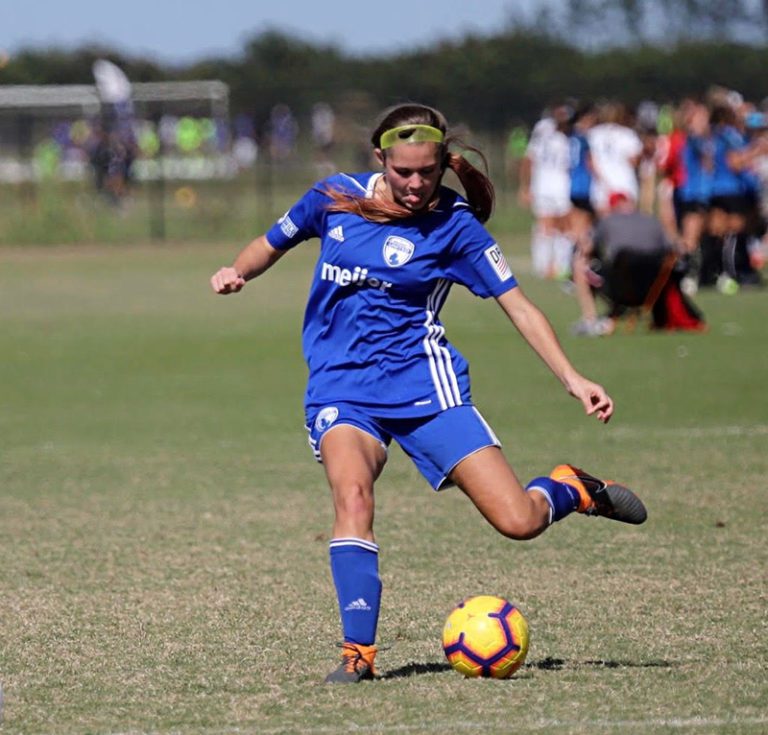
Can Young Athletes Take Creatine?

A Complete Guide to Healthy Eating Out For Student Athletes and Adults

16 Fast Food Tips for Athletes
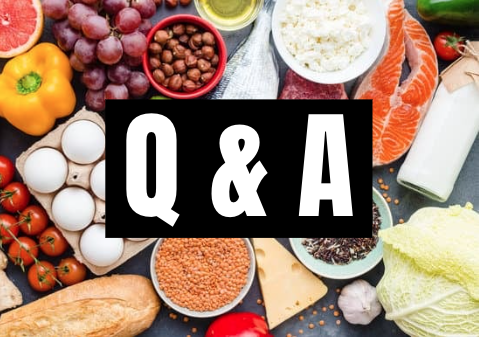
Most Frequently Asked Nutrition Questions (and Answers!)

Seed Oils: What does the science say?

Hormone Health for Athletes
If you’re an athlete, your hormone levels are crucial to your performance and overall health! Imbalances in your hormone levels can negatively impact your recovery, short- and long-term performance, and mental health. Young athletes in a developmental growing phase should…

6 Anti-Inflammatory Foods Athletes Should Be Eating!
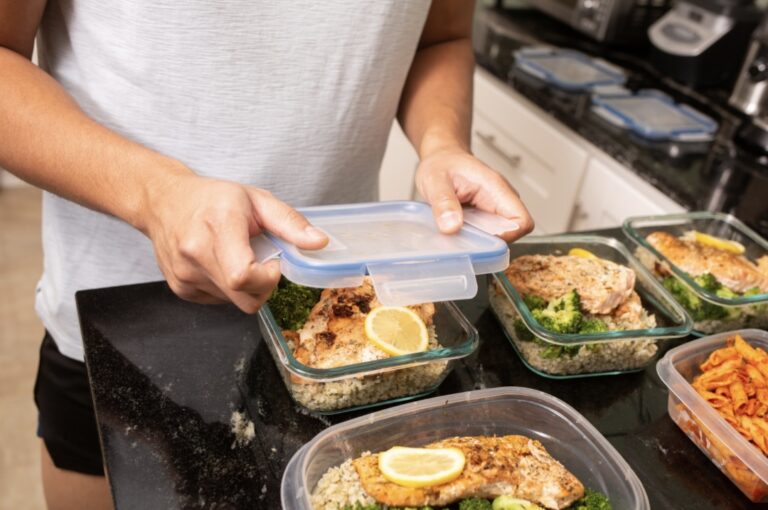
Fueling Victory: 5 Tips for Athletes and Families Meal Prepping on a Budget
For athletes, proper nutrition is the cornerstone of peak performance. Whether you’re a student athlete, seasoned competitor, or a weekend warrior, meal prepping can be a game-changer when it comes to meeting your nutritional needs. Here are five key tips…

Amenorrhea & Athletes: 3 Tips For Females to Get Their Period Back
Amenorrhea & Athletes: 3 Tips For Females to Get Their Period Back Relative energy deficiency in sport (RED-S) is the consequence of low-energy availability (LEA) in athletes, adversely affecting an athletes’ performance and health. RED-S can occur in both…
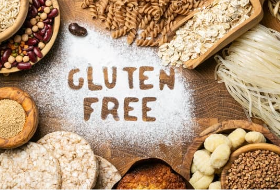
Fueling the Gluten Free Student-Athlete

